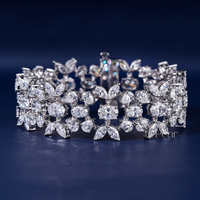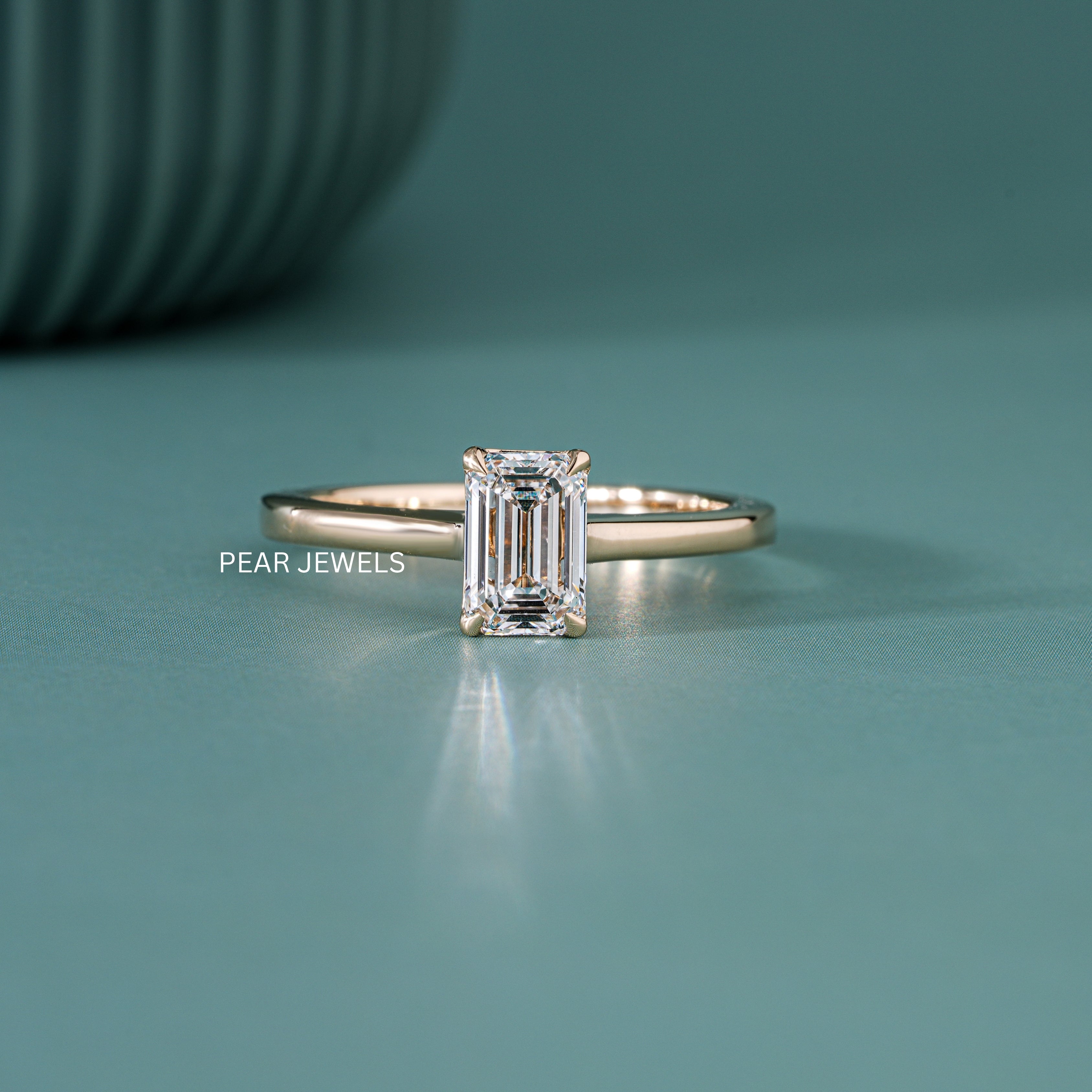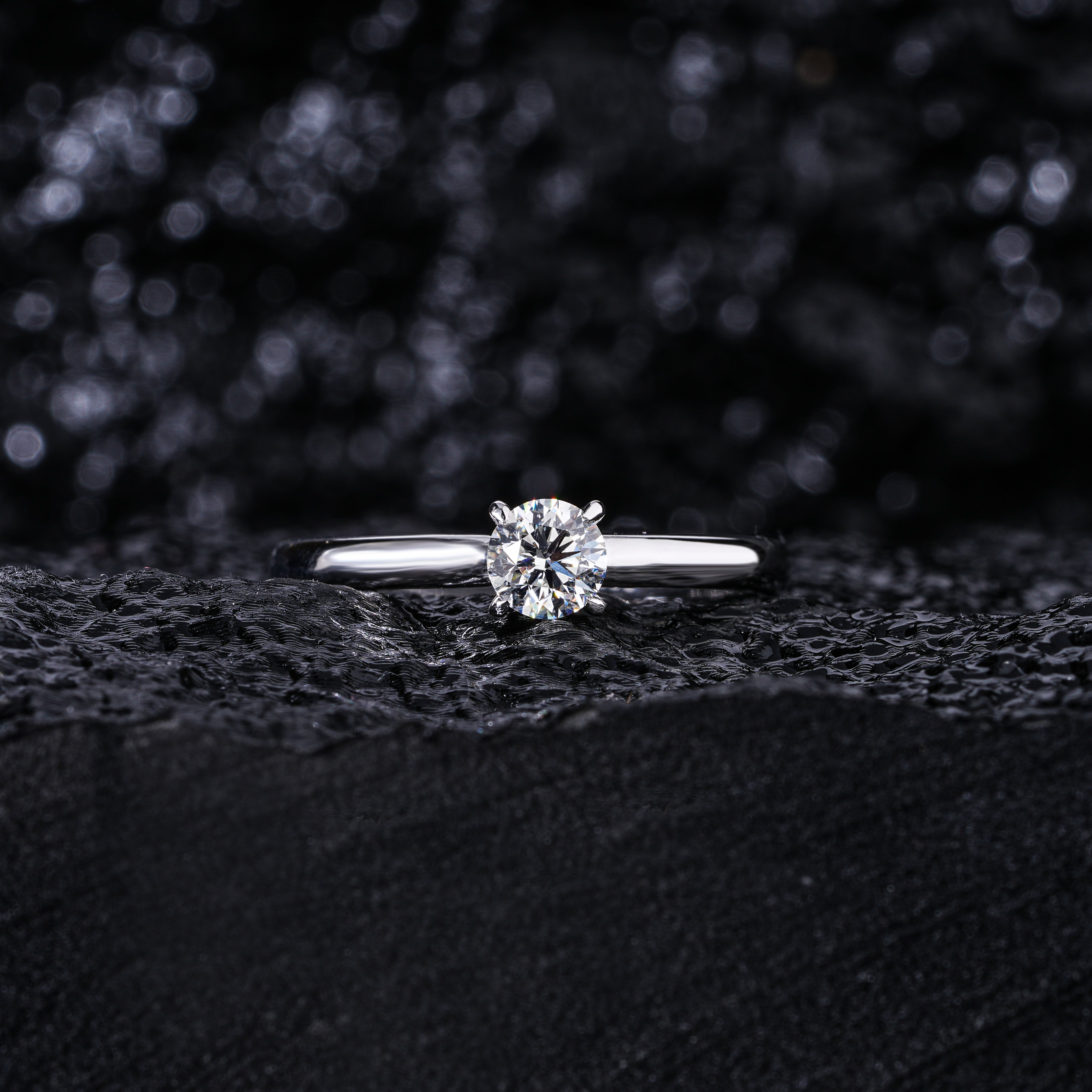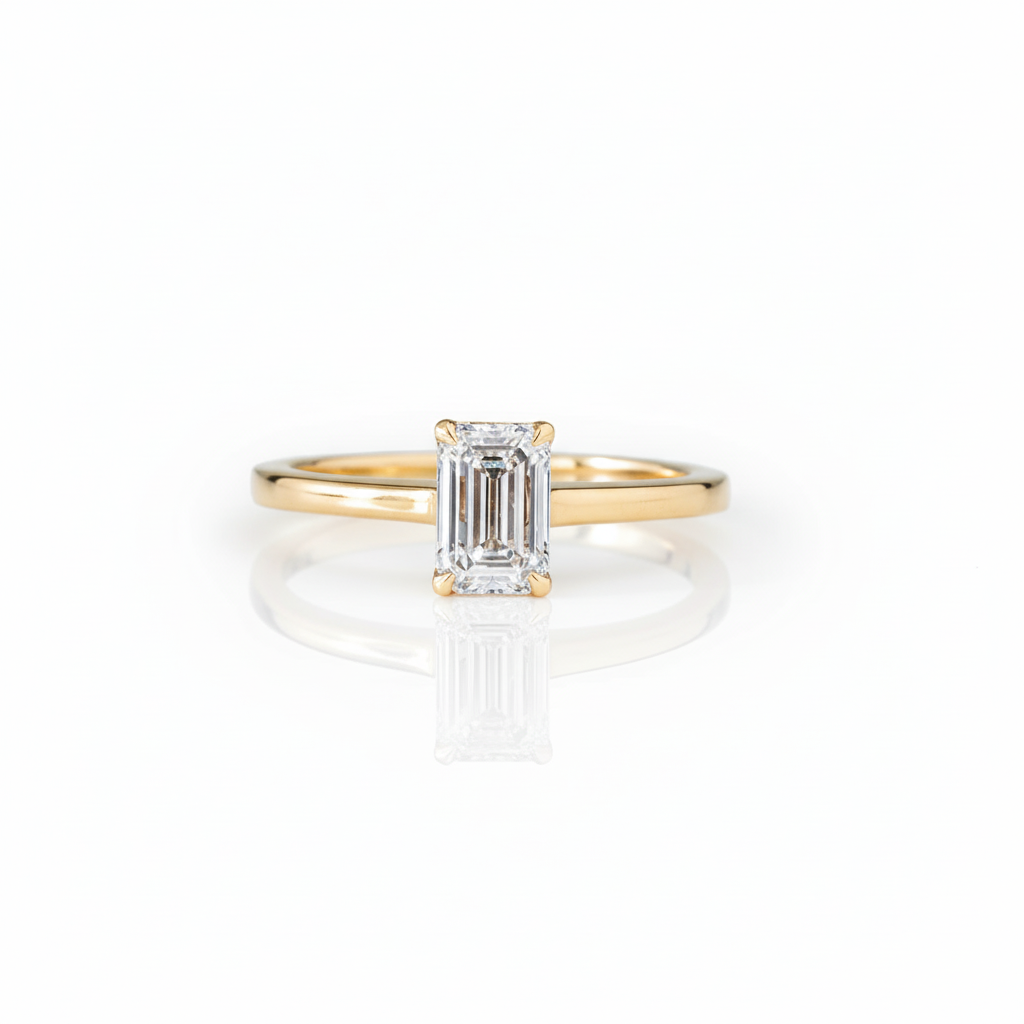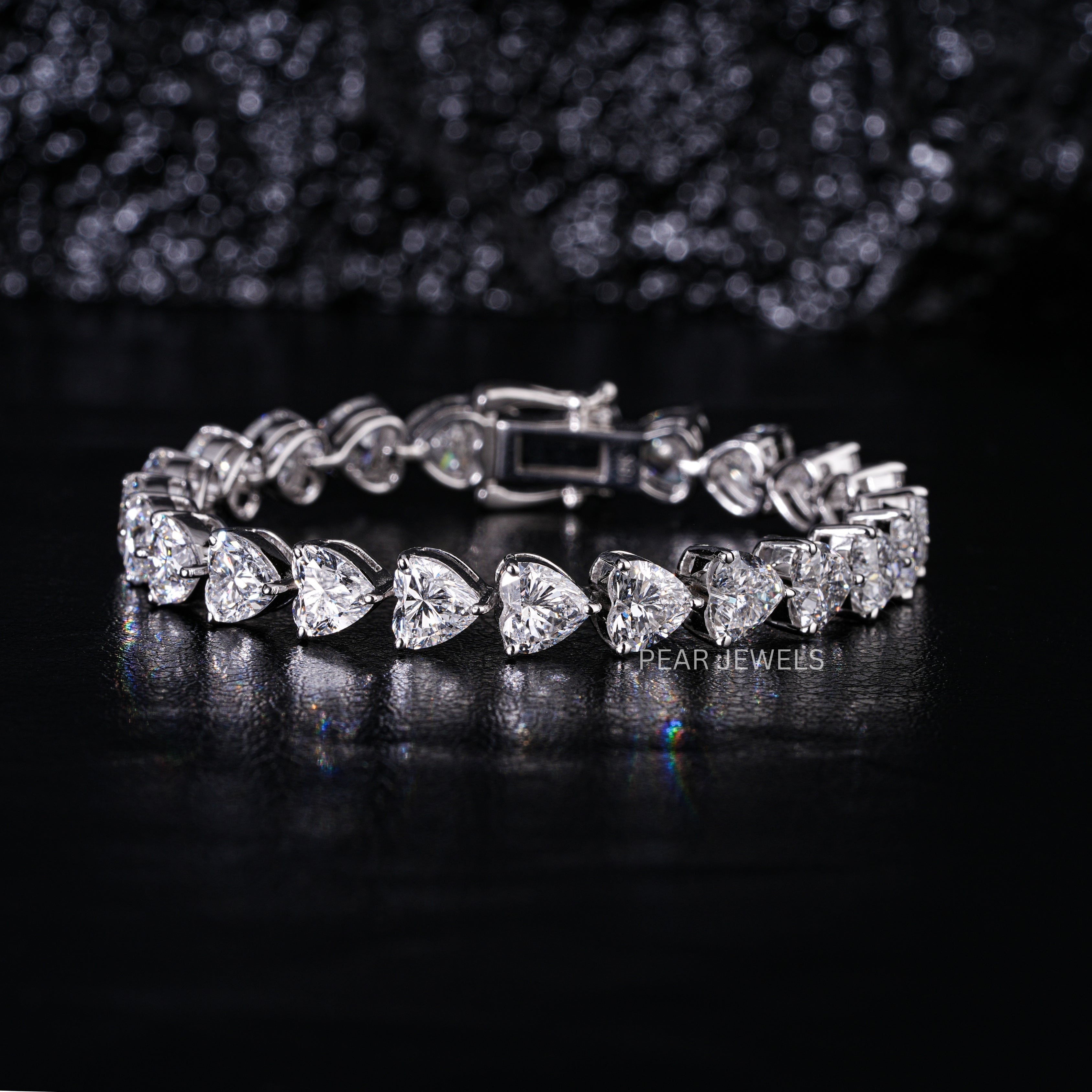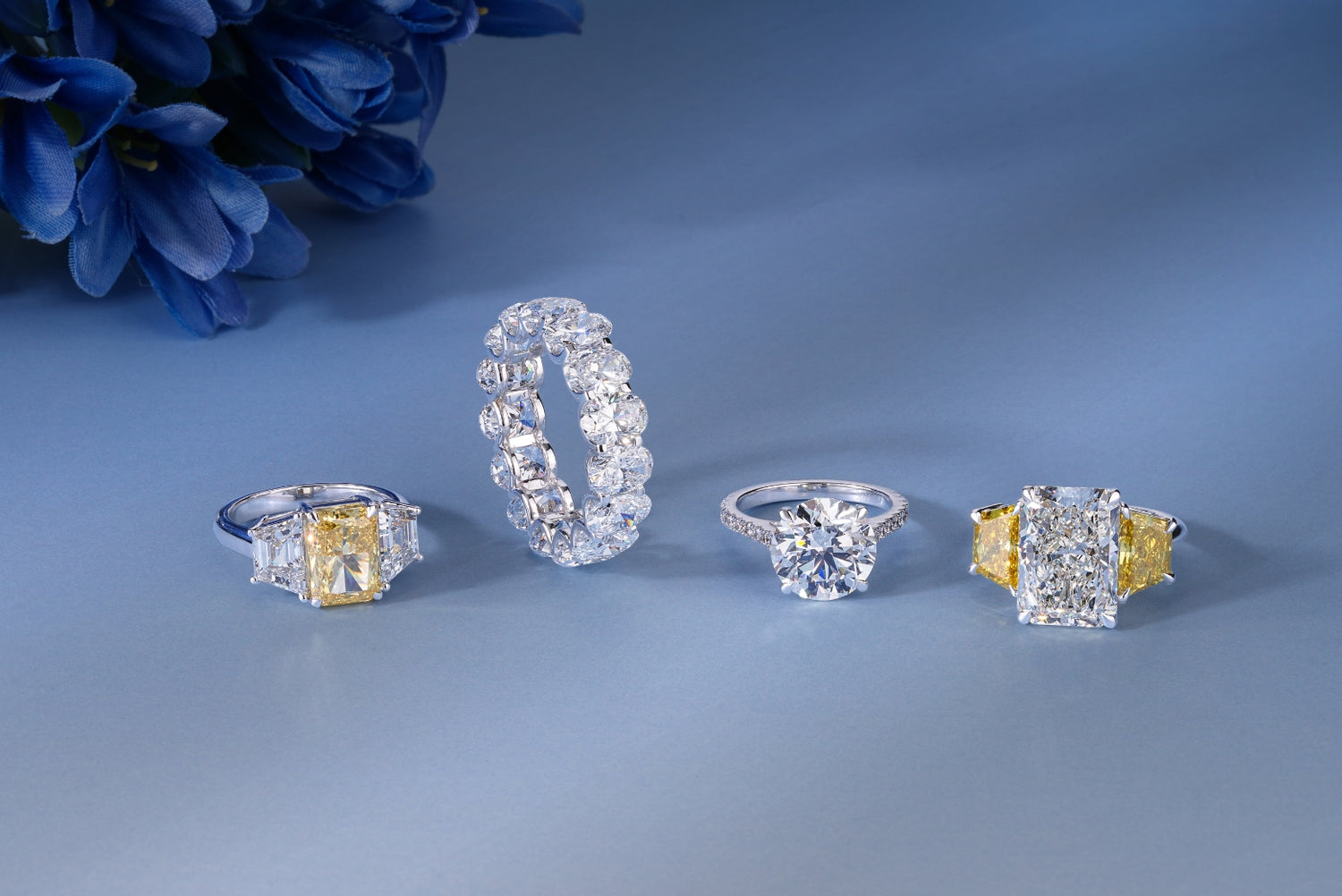Buying a diamond is one of the biggest investments in the life of people, in the engagement ring, anniversary gift or in their own collection. Knowing how diamond prices are set has the potential to save you thousands of dollars and at the same time get you an outstanding value. The diamond price calculators have changed the consumerism culture of buying diamonds by Australian consumers as it now offers transparency in what had been a shrouded industry.
Understanding Diamond Price Calculators
A diamond price calculator is a handy web based tool that assists you to estimate an approximate value or cost of a diamond depending on its most important features which include carat weight, cut, color, and clarity. These advanced applications interpret market variables and give real-time values, hence they are unavoidable by both buyers and sellers in the Australian market. Modern calculators are based on huge databases that allow them to estimate the price based on millions of transactions of diamond, and the price estimates might be updated to reflect the current market conditions. They also remove speculation in the purchase of diamonds by offering instant estimates with accurate specifications.
The Australian Diamond Market Landscape
The Australian diamond market has its peculiarities due to which the prices will be highly influenced. The average carat price of diamond in Australia in Q2, 2025 was 4,200 USD due to the rate of production in the area and the global market forces (140). Such a standpoint shows the status of Australia as a producer and a consumer market of diamond.
It is projected that the market will also experience a robust growth within the forecast period of 2025- 2034 to about AUD 1.60 billion in the year 2034. There are regional differences in the key markets such as New South Wales, Victoria, Queensland and Western Australia and each of them has its own pricing pattern depending on the local demand and supply forces.
Current Market Pricing Trends
Australian diamond pricing varies considerably based on quality specifications. In Australia, the price of a 1 carat diamond can range dramatically from $2,400 to $27,000 depending on various factors, including the cut, colour, clarity, and diamond's carat weight. This wide range underscores the importance of understanding how price calculators evaluate different quality parameters.
The Four Cs: Foundation of Diamond Pricing
The price is always calculated according to the "4Cs" (the 4 criteria used to grade a diamond) which stand for Cut, Carat, Color and Clarity. Each criterion significantly influences the final valuation, with price calculators weighing these factors according to established industry standards.
Carat Weight
Carat weight measures a diamond's size, with one carat equaling 0.2 grams. Price increases exponentially with carat weight, not proportionally. A 2-carat diamond costs significantly more than twice the price of a 1-carat stone of identical quality.
Carat Weight Price Impact Table:
|
Carat Weight |
Price Range (AUD) |
Market Availability |
|
0.50 ct |
$1,200 - $6,800 |
High |
|
1.00 ct |
$2,400 - $27,000 |
High |
|
1.50 ct |
$4,200 - $45,000 |
Moderate |
|
2.00 ct |
$8,500 - $85,000 |
Limited |
|
3.00 ct |
$18,000 - $180,000 |
Rare |
Cut Quality
Cut determines how effectively a diamond reflects light, directly impacting brilliance and sparkle. Cut Grade: Choose from standard grades such as Excellent, Very Good, Good, Fair, and Poor. Premium cuts command higher prices due to superior light performance.
Color Grading
Color Grade: Select the color grade ranging from D (colorless) to Z (light yellow or brown). Colorless diamonds (D-F grades) command premium pricing, while near-colorless grades (G-J) offer excellent value.
Clarity Assessment
Clarity measures internal and external flaws visible under 10x magnification. Flawless diamonds are extremely rare and expensive, while slightly included grades offer better value for most buyers.
How Diamond Price Calculators Work
Professional diamond price calculators operate using sophisticated algorithms that process multiple data points:
-
Real-time Market Data: Calculators access current wholesale and retail pricing databases
-
Historical Trends: Analysis of price movements over extended periods
-
Quality Assessment: Precise evaluation of 4Cs characteristics
-
Market Conditions: Adjustment for current supply and demand factors
StoneAlgo's Diamond Price Calculator allows you to input diamond details then see StoneAlgo's fair price estimate based on analyzing over 1 million diamonds. This data-driven approach ensures accurate valuations reflecting real market conditions.
Types of Diamond Price Calculators
Retail Price Calculators: These tools estimate prices you'll encounter at traditional jewelry stores, including retail markups. They're valuable for budgeting and comparison shopping.
Wholesale Price Calculators: Professional-grade calculators providing wholesale valuations used by jewelers and dealers. These tools offer insight into true diamond costs before retail markups.
Insurance Appraisal Calculators: Specialized tools for determining replacement values for insurance purposes, typically showing higher valuations than retail prices.
Natural vs Laboratory-Grown Diamond Pricing
The Australian market increasingly features laboratory-grown diamonds alongside natural stones. Price calculators now accommodate both categories, with lab-grown diamonds typically priced 50-70% below equivalent natural diamonds.
Natural vs Lab-Grown Price Comparison (1 Carat, Excellent Cut, G Color, VS1 Clarity):
|
Diamond Type |
Australian Price Range |
|
Natural |
$10,500 - $15,000 |
|
Lab-Grown |
$3,500 - $7,000 |
Using Price Calculators Effectively
Step-by-Step Guide
-
Gather Certification Details: Ensure you have accurate grading information from reputable laboratories (GIA, AGS)
-
Input Specifications: Enter carat weight, cut grade, color, and clarity precisely
-
Consider Shape Premium: Different shapes carry varying price premiums
-
Review Multiple Sources: Compare estimates from several calculators
-
Factor Market Conditions: Consider current trends and seasonal variations
Common Mistakes to Avoid
-
Relying on single calculator estimates
-
Ignoring certification quality differences
-
Overlooking fluorescence impact on pricing
-
Assuming calculator prices include all retail costs
-
Failing to account for setting and customization expenses
Regional Price Variations in Australia
Diamond pricing varies across Australian markets due to local factors:
Major City Price Index:
|
City |
Price Premium/Discount |
|
Sydney |
+5% to +8% |
|
Melbourne |
Baseline |
|
Brisbane |
-2% to +3% |
|
Perth |
+3% to +6% |
|
Adelaide |
-3% to +2% |
These variations reflect differences in rent, competition, and local demand patterns.
Certification Impact on Pricing
Whether you're buying or selling a diamond, it's important to have certification papers by GIA, AGS, or another diamond certification company. Different grading laboratories can result in price variations of 10-20% for identical stones.
Certification Premium Comparison:
|
Laboratory |
Market Recognition |
Price Impact |
|
GIA |
Highest |
Baseline |
|
AGS |
Very High |
-2% to +2% |
|
GSL Australia |
High |
-5% to -8% |
|
Other Labs |
Variable |
-10% to -20% |
Investment Considerations
Although diamonds may be a good store of value, they are most likely to be bought as a source of personal pleasure, but not as a means of investment returns. Mostly the current buyback prices are between 40 and 70% lower than the Rapaport price. This dramatic disparity between retail and resale price is evidence of the need to purchase diamonds that you actually enjoy having.
Future Technology and Pricing
Advanced technologies including artificial intelligence and blockchain verification are transforming diamond pricing. These innovations promise even more accurate price calculations and enhanced transparency for Australian consumers.
Price calculators increasingly incorporate:
-
Real-time market fluctuations
-
Advanced imaging analysis
-
Blockchain provenance tracking
-
AI-powered quality assessment
Professional Guidance
Price calculators are helpful, but that does not take the place of professional consultation when it comes to making a serious purchase. Professional jewelers may know about aspects of subtle variations in quality or timings in the market that the calculators could not have noticed.
Australian consumers are advantaged with the ability to consult certified gemologists who know the local market situations and have the ability to give personalized advice depending on the individual preferences and budgets.
Conclusion
Price calculators have democratized the pricing information and it has enabled the Australian consumers to make informed decisions. With knowledge of the mechanisms of these tools and their shortcomings, you will feel at ease exploring the diamond market.
It is worth remembering that the ideal diamond is one that will satisfy your own tastes and is within your budget. Always consult with a professional in order to know whether to buy something important or not, especially through price calculators that should serve as a guideline and not a rule.
Finding an engagement ring, anniversary present, or a piece to add to a jewelry collection, it is a great idea to combine calculated knowledge with a professional tip that you will be offered outstanding values in the dynamic Australian diamond market.
